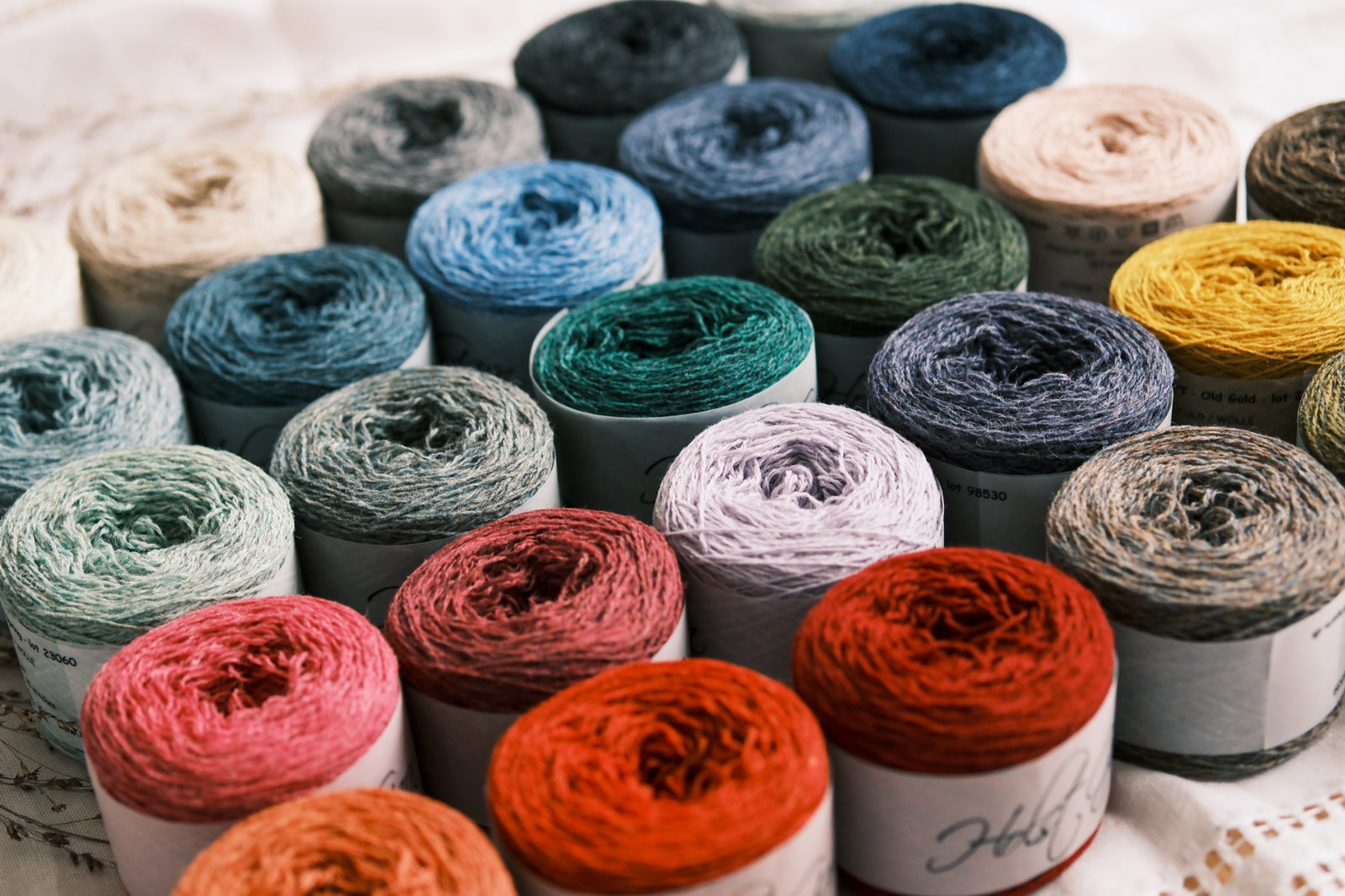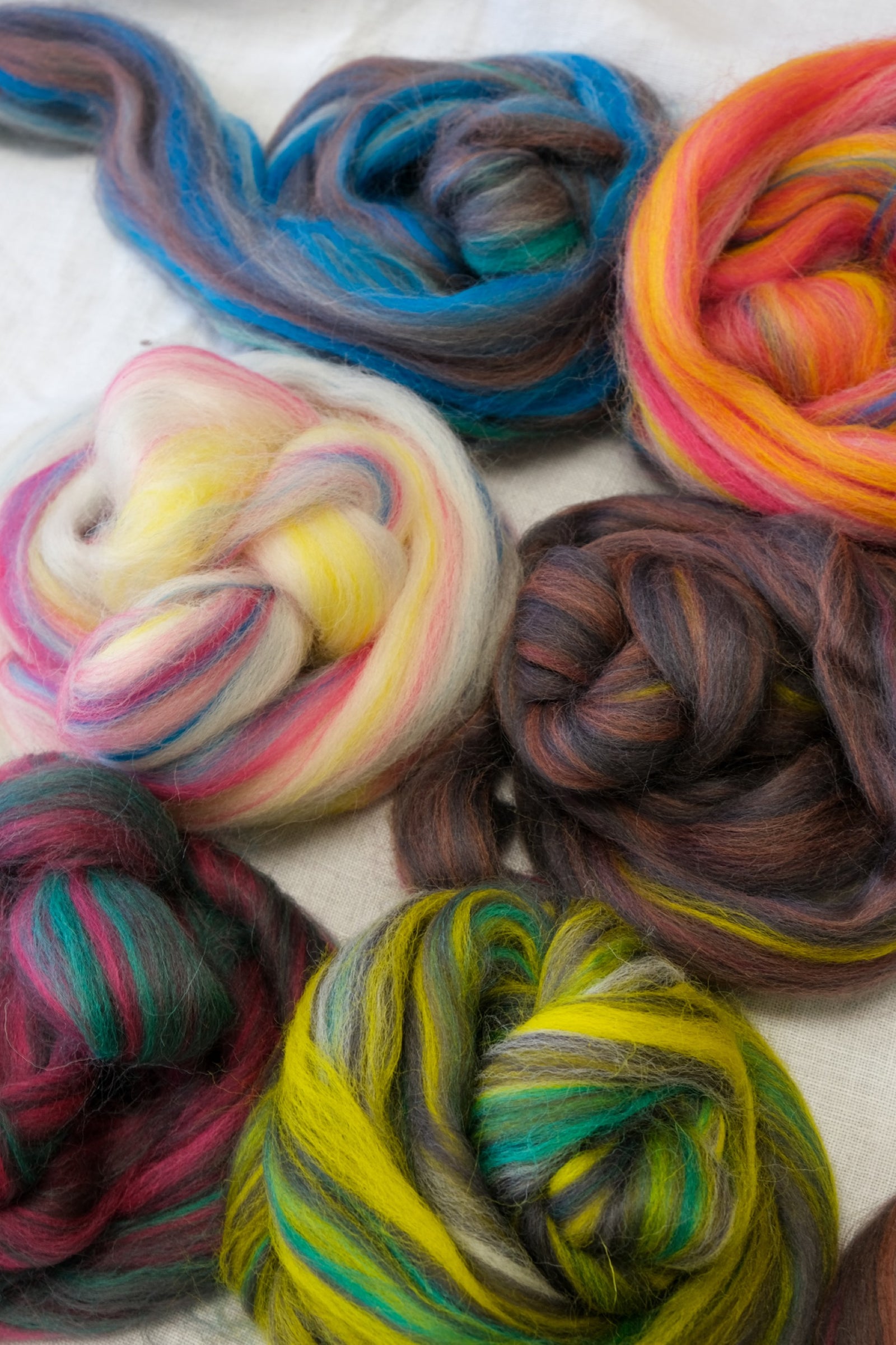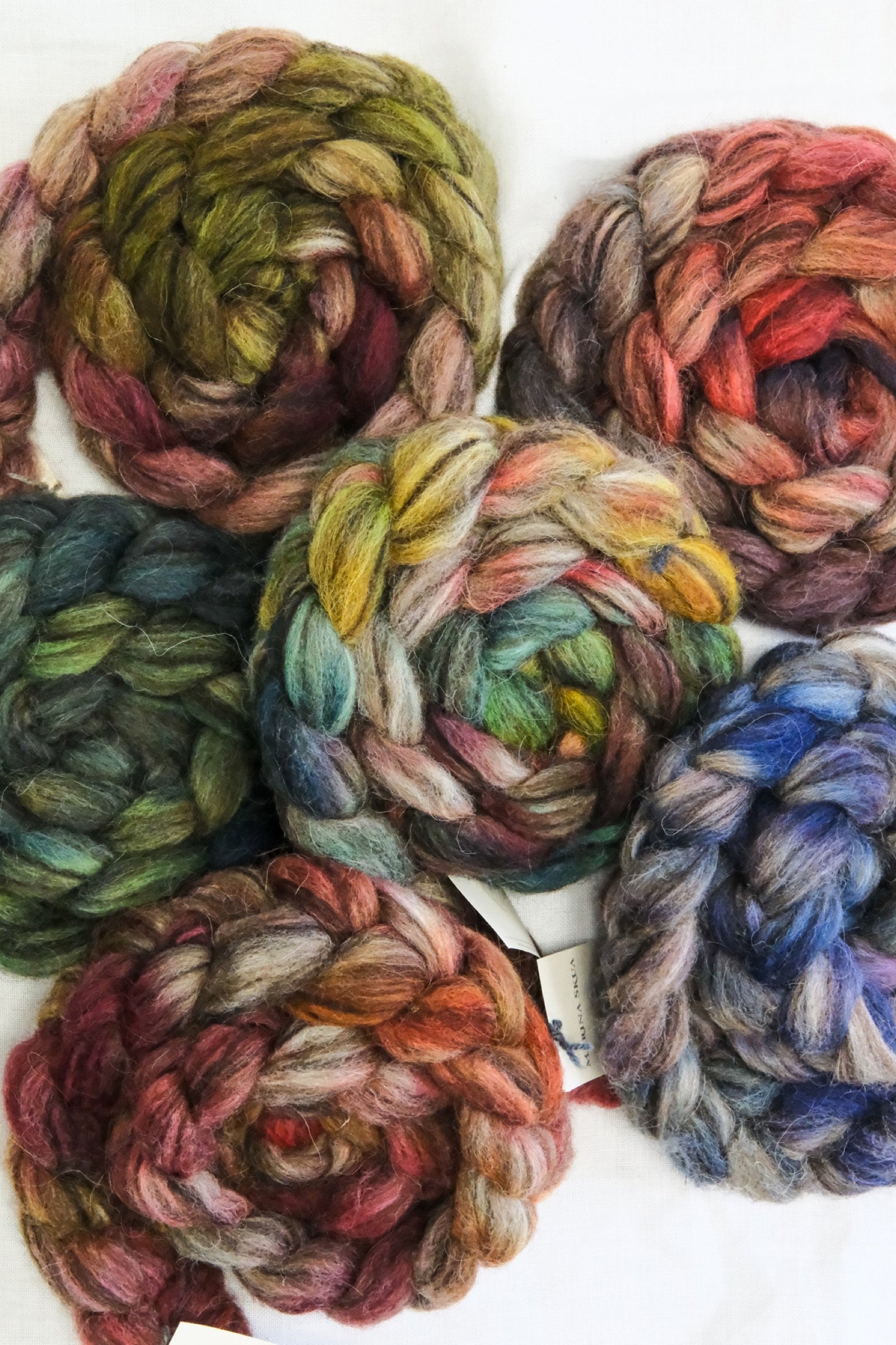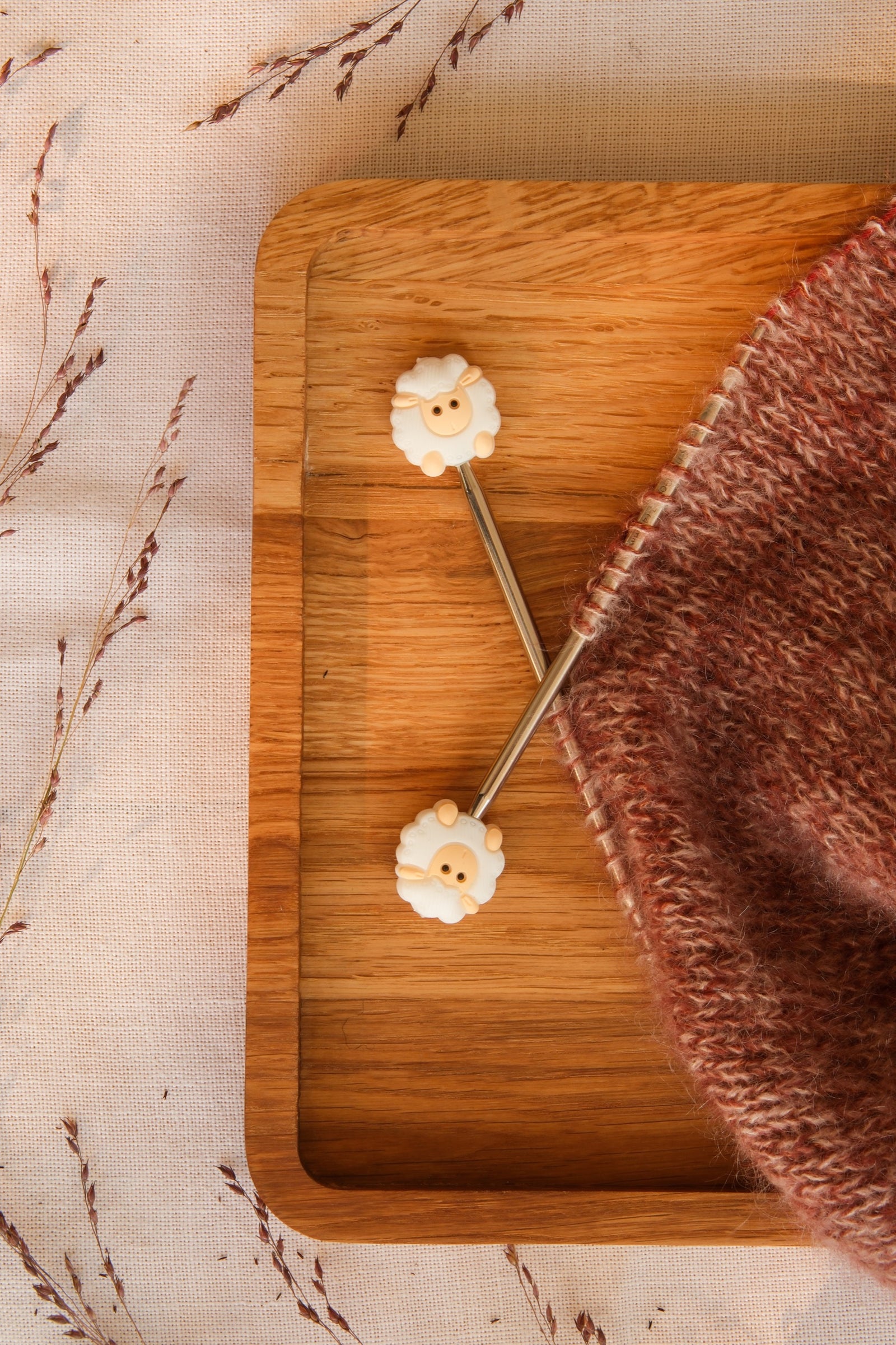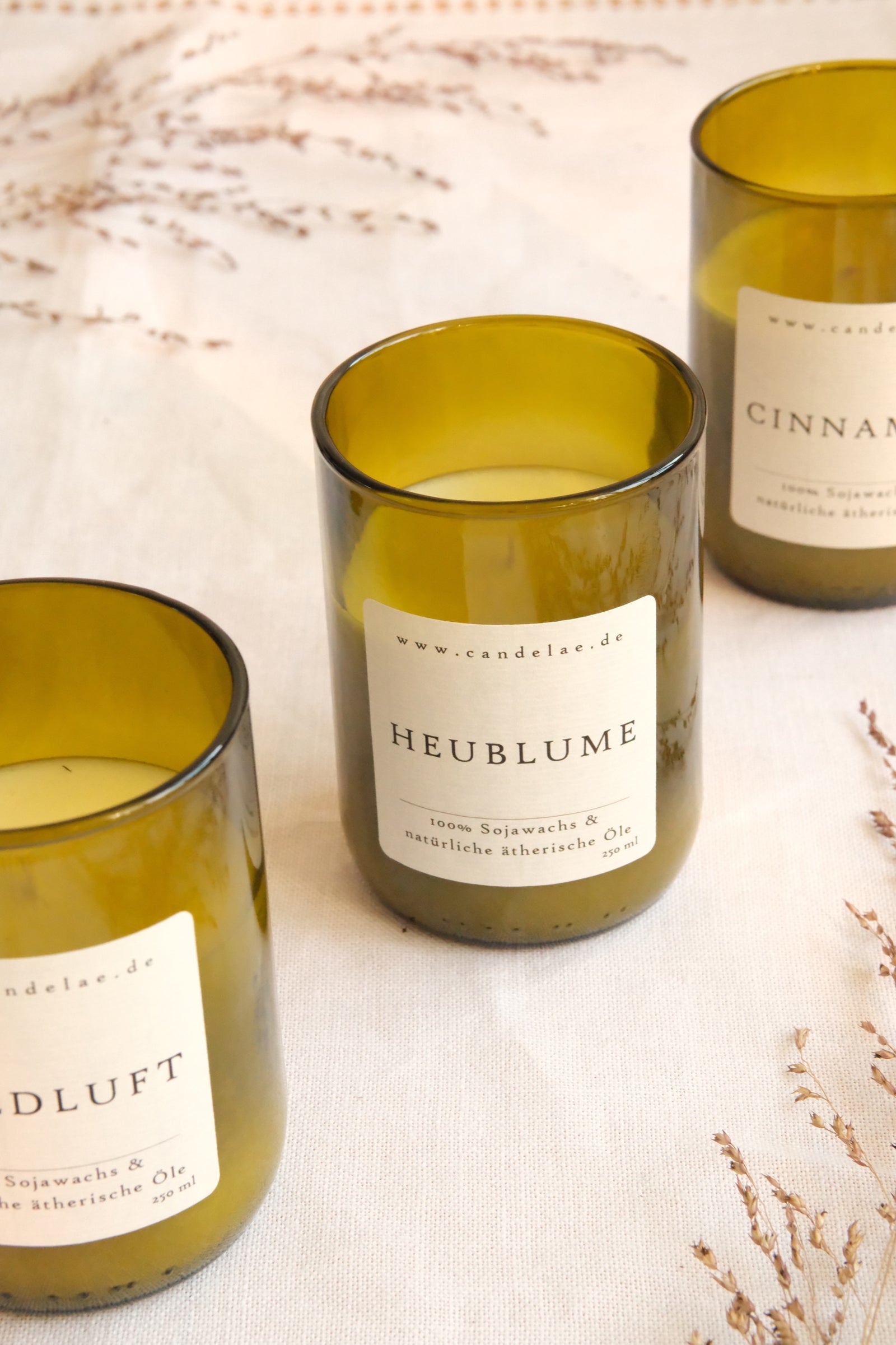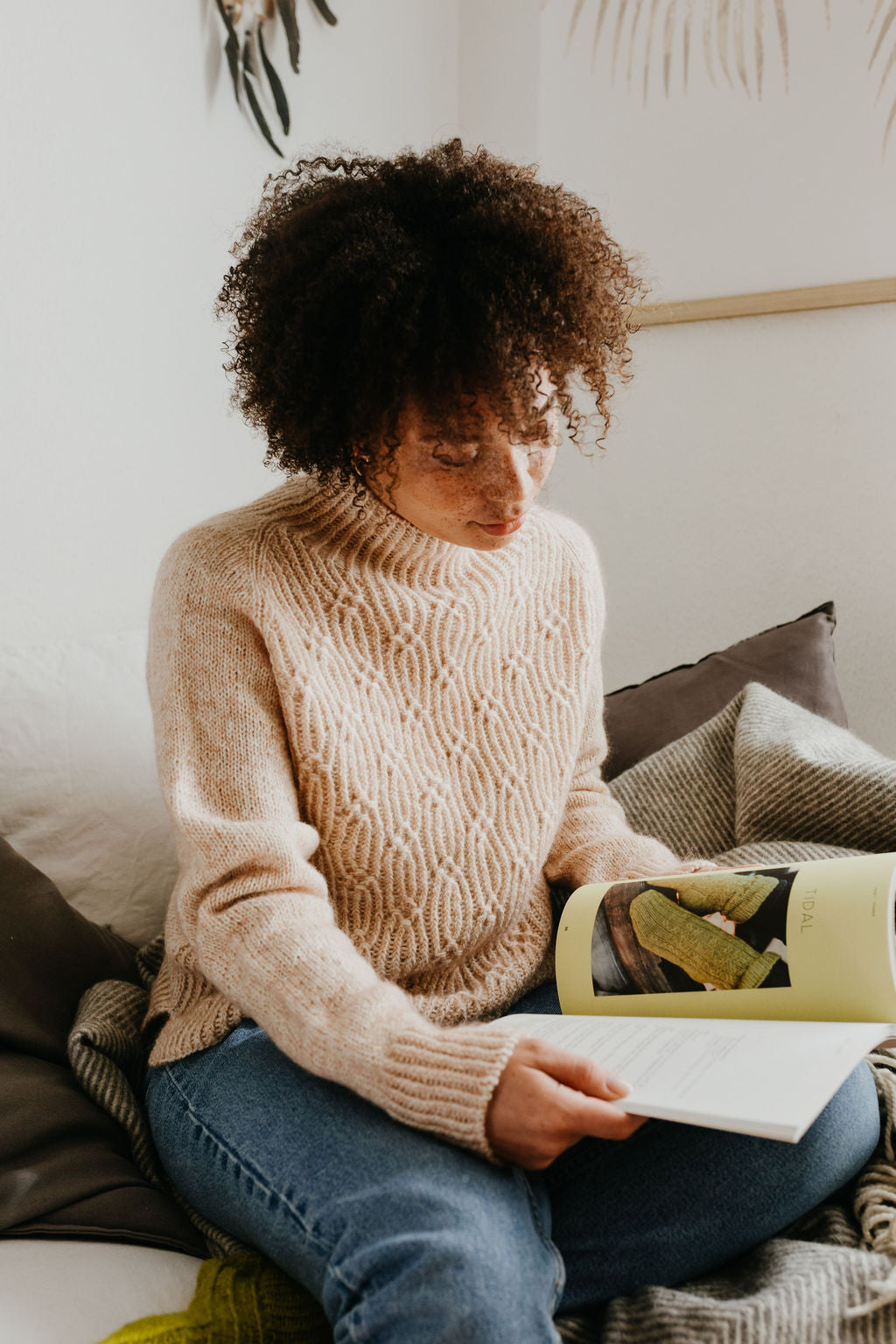Free Shipping on orders over €75 (Germany) | €125 (International)
Free Shipping on orders over €75 (Germany) | €125 (International)
Spinning Fiber
Notions & Gifts
Books, Magazines & Patterns
About Us
We're here to help you stitch sustainability into every aspect of your making.
With our carefully curated selection of non-superwash, plastic-free yarns and notions, we have everything you need to get started on your next project - and the one after that.
Here's to a wardrobe of knits we love and want to wear for years to come!
We're here to help you stitch sustainability into every aspect of your making.
With our carefully curated selection of non-superwash, plastic-free yarns and notions, we have everything you need to get started on your next project - and the one after that.
Here's to a wardrobe of knits we love and want to wear for years to come!

Our Sustainability Pledge

Our Blog
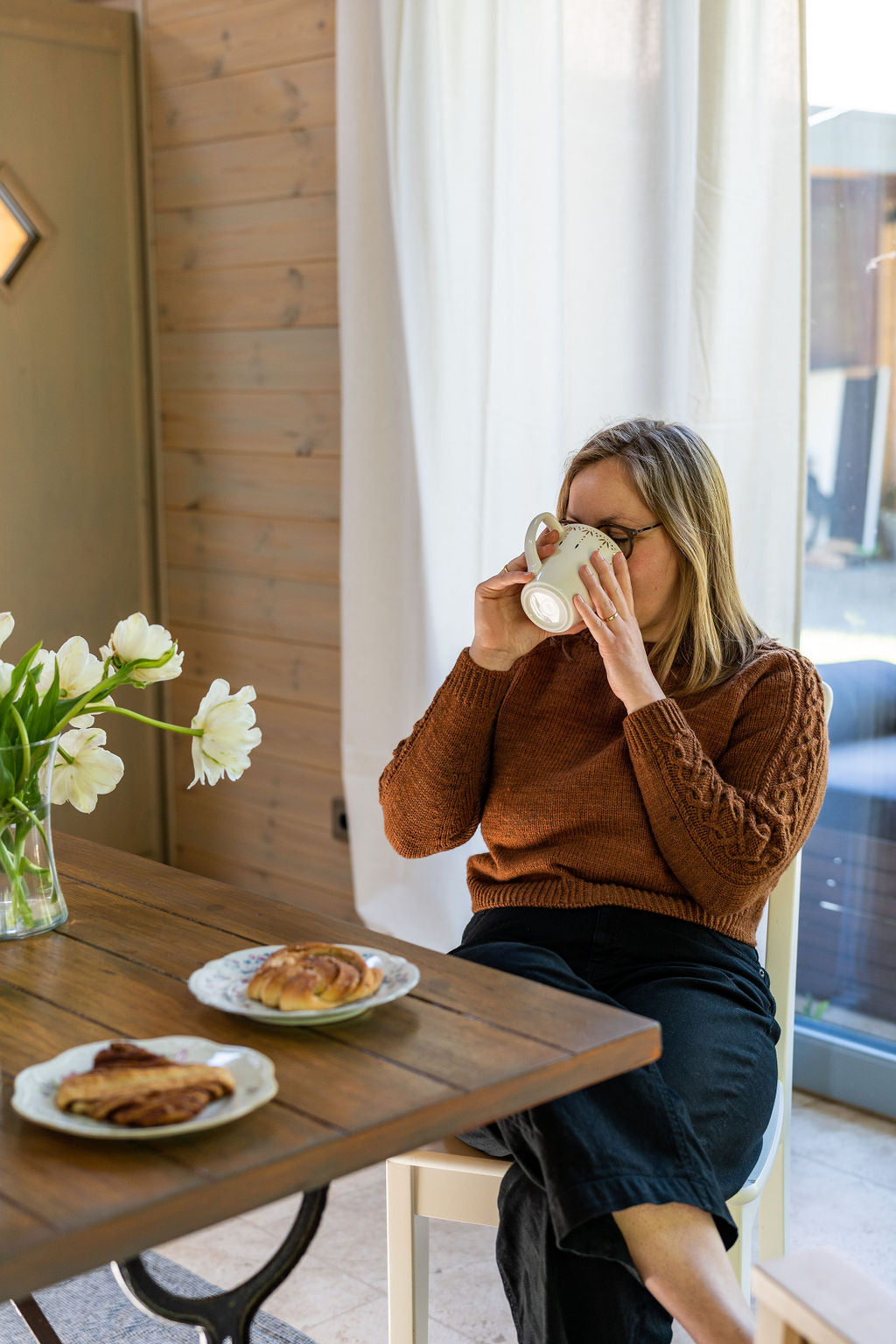
Our Podcast

The Making Stories Collective
What Does 'Local Yarn' Mean?
April 29, 2020 4 min read
Welcome to this weeks blog post, where we continue to delve into the vast world of sustainable knitting! Today, we are getting to grips with 'local yarn', and what the heck that actually means...

What Is Local Yarn?
When it comes to our yarn - the term 'local' can be a little confusing. Does it mean yarn from my local yarn store? Is it yarn that is made in my country, region or town? Does it have to be made locally, or does it count if it's a yarn I can buy locally?
Before we start, I think it's helpful to make one definition. There is a difference between purchasing local yarn and shopping for yarn locally (though we will also be talking about that here on the blog too!). What 'local yarn' essentially means is a yarn that is produced locally to you, using local resources. For you personally, this could mean anything from yarn produced within the country you live to the town you live!
There are huge benefits that come with keeping production and material sourcing as local as possible; you support your local economy while at the same time, reducing the environmental impact transportation has on the planet.
So does that mean yarn labelled 'local' always equals a sustainable choice? Of course not, that would be far too simple! While we may know the location of the yarn company or person in question, and even where the fibre originated, we are only scratching the surface of working out how local our yarn actually is. Your yarn may be local to you now, but where has it come from?
My Yarn Is Local Now, But How Far Did It Travel To Get Here?

Let's look at an example; You go to a yarn shop and ask to see their local yarns. You are pointed to a gorgeous skein that is from a company just down the road. Perfect! But hold on a second. When you do a bit of digging, it turns out that while the fibre originally came from your country, it was actually purchased from a supplier abroad, sent to a mill to be washed, sorted and spun, flown somewhere else to be dyed, all before being delivered to the yarn company so they can package and sell it to their customers as 'local yarn'. It turns out your lovely skein has racked up a lot of air miles, and suddenly it's not feeling quite so local or sustainable.
So should we put that skein back? Again, it's not that simple. There will be many reasons for yarn companies to work with the mills and suppliers they have chosen, and as lovely as it would be if they were all within walking distance, most of the time that's not realistic. BUT - this is where we need to be proactive. As they say, knowledge is power, and this truly resonates when it comes to where we, as consumers, invest our money.
But how do we get this knowledge?
We can start by considering the following questions:
-
Where was the fibre sourced from?
-
Where was the fibre processed?
-
Where was the yarn spun?
-
Where was it dyed?
-
Where is it packaged?
To answer these questions, we're going to have to do a little digging, because you won't find that information on the ball band! The best place to start is by visiting the yarn company's website. Thankfully, as you continue your quest for a more sustainable lifestyle, you will often find that businesses and individuals who are passionate about sustainability being at the core of their work, can't stop talking about it! They will be extremely transparent about how and where their yarn is processed and why they have chosen to work this way - just take a look at the Our Story' page on O-Wool's website. In comparison, when a company is less than forthcoming about their practices, this tends to be a red flag that sustainability is not high on their agenda.
If you are unable to find the answers you are looking for, reach out to the yarn company via email or phone. The worst that can happen is you don't get a reply - which is very telling in itself!
How To Find Local Yarn
I know, I said shopping at your local yarn shop was a whole other thing, but I'm going to confuse things now by saying - it's a fantastic place to find local yarn! Any great LYS owner will know the fibre folk around them and often have their yarn for sale. If I am ever away from home and stumble upon a yarn shop, one of the first things I ask them is what local yarn they have. You can find some amazing treasures this way!
Google can also be your best friend. When I relocated to Canada, I became obsessed with researching all the different yarn folk there are here, particularly in Nova Scotia, where I live. It's extremely easy to get caught up with what everyone else has on their needles when you are scrolling through Instagram, but if you take the time to look, there could be something just as special waiting to be discovered around the corner from you.
Do you have a favourite local yarn you would like to share with us? Let us know in the comments below!
Leave a comment
Comments will be approved before showing up.
Also in Blog
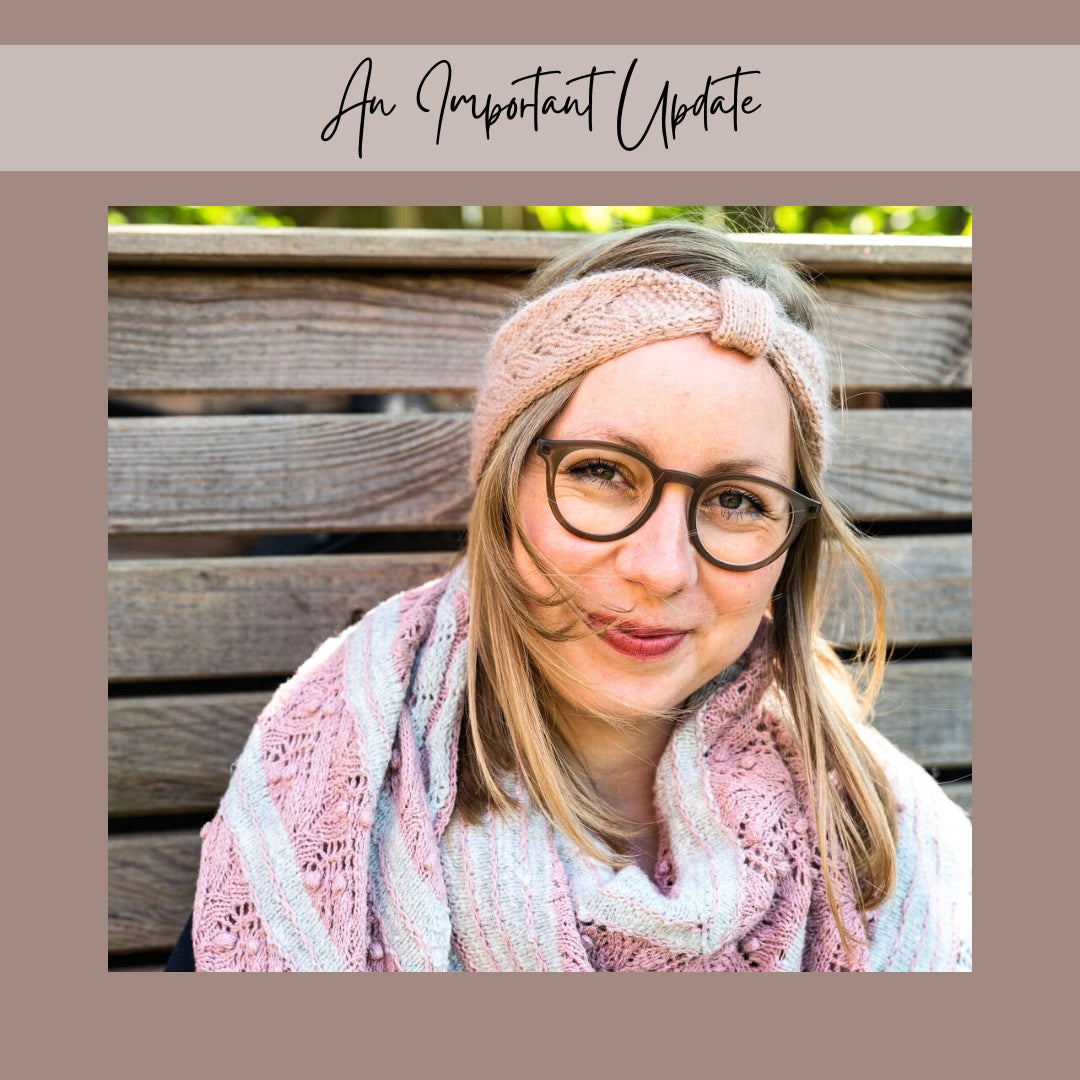
Thoughts on closing down a knitting magazine
November 19, 2024 12 min read
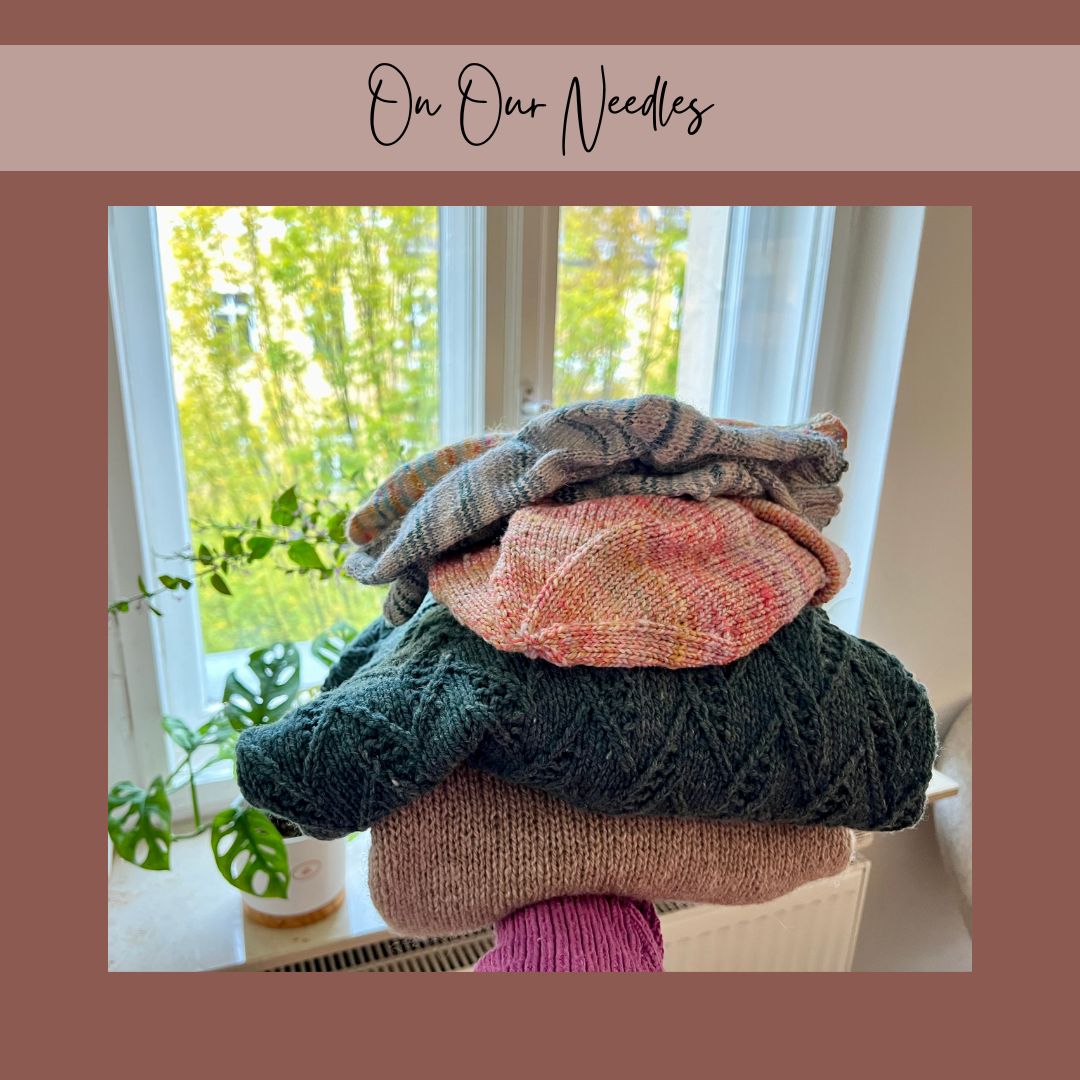
All the knits I finished while recovering from surgery
October 28, 2024 8 min read
About three weeks ago, I had surgery. Nothing major, and it was planned - but it was my first time undergoing general anaesthesia and facing an uncertain recovery period, both of which made me quite nervous. I knew that I was going to be in the hospital for two days, if everything went well, but then it was between one and three weeks of recovering at home, depending on how fast my body was going to heal.
Needless to say, I packed knitting for the hospital, but I didn’t feel like picking up my needles until my second day in the hospital. And then I knit. I knit, and knit, and knit. Curiously enough, I always get the urge to clear off my needles this time of the year - something about the weather changing, sweater season approaching, maybe? And this year, this urge coincided with me wanting to do something while watching copious amounts of Netflix without having to think very hard about what I was going to knit. Win win!

Art Nouveau Sample Preview Video - Issue 12, Fall & Winter 2024
June 26, 2024 1 min read
Who Is Making Stories?
We're a delightfully tiny team dedicated to all things sustainability in knitting. With our online shop filled with responsibly produced yarns, notions and patterns we're here to help you create a wardrobe filled with knits you'll love and wear for years to come.
Are you part of the flock yet?
Sign up to our weekly newsletter to get the latest yarn news and pattern inspiration!
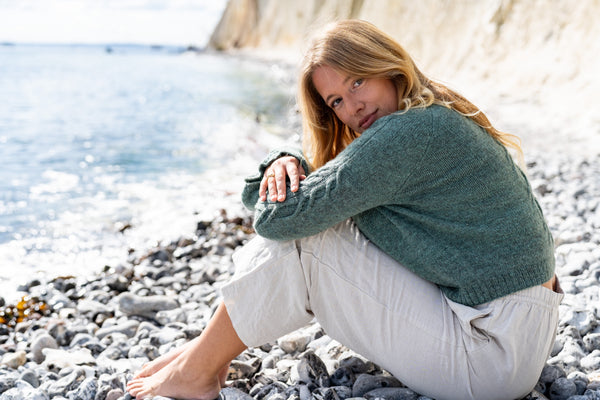
Join the Making Stories flock!
Every Tuesday our newsletter arrives in your inbox, full to the brim with Making Stories goodness. If you would like to join in on the fun, fill in the form below.
As a thank you, we gift you a digital publication of your choice!


